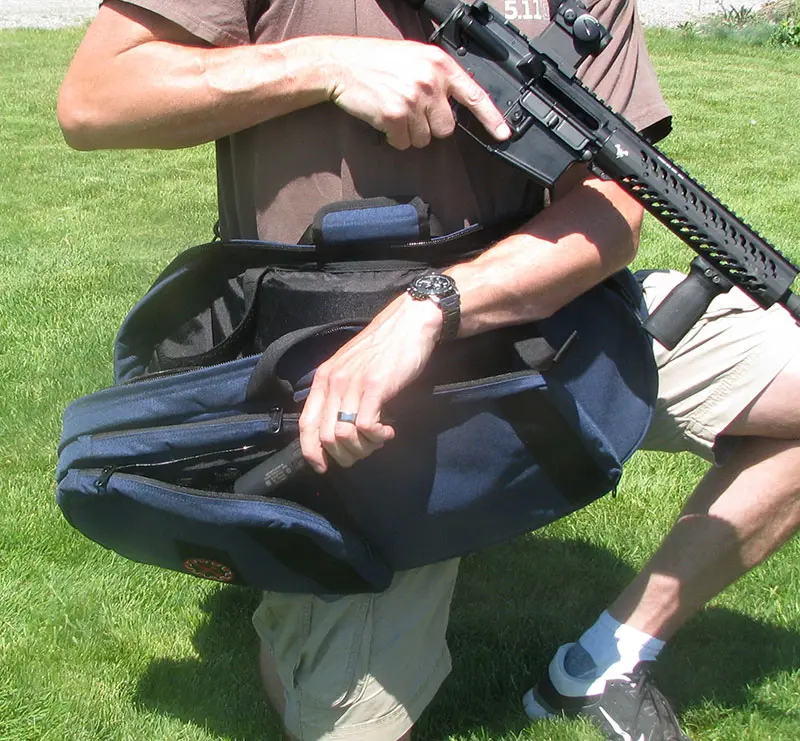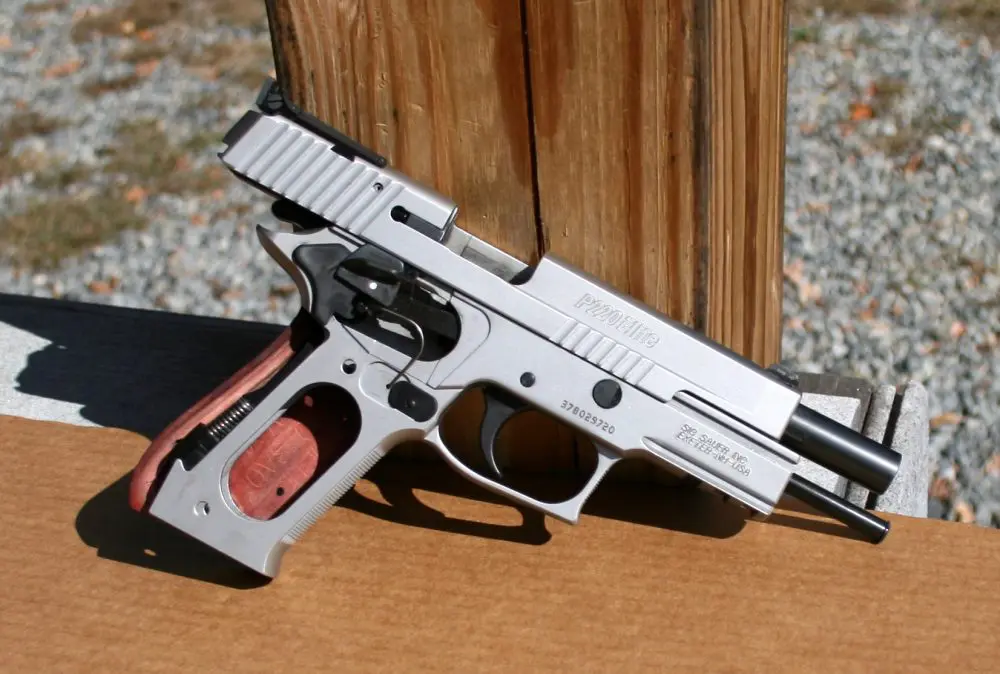I am often asked, “How often should I train/practice?” and “What should I be practicing?” The short answer is: Apply the rule of the three Rs. Training should be recent, relevant, and realistic.
Table of Contents
Recent
To stay in top form, your training/practice needs to be recent. It has been said that proficiency with firearms is a perishable skill, and it truly is.
For myself, if I lay off shooting a handgun for a week or two, it is obvious to me, especially when placed under time constraints using a timer. I may rush a shot, leading to less than satisfactory shot placement, or my drawstroke may not be of the optimum speed. Split times—the time between shots—will also have gone up.
If I take two weeks off, my performance with a long gun will not degrade as much, because long guns are easier to shoot accurately, but lay off a month and I find myself struggling to get back to what is for me satisfactory performance.
During force-on-force training, it is not uncommon for participants to get hit in the hand that’s holding a weapon. The same thing happens all too often in the real world. When was the last time you practiced using only your weak hand? Unless it has been within the past week, the answer is, “That’s too long.”
If it is simply impossible to get to the range, at the very least you should stay tuned up with dry fire and drawstrokes.
Relevant
An officer assigned to months of day shifts will probably not need quite as much practice using flashlight techniques as his brother officer working nights—the operative word here being quite.
An armed private citizen will not need to practice advancing toward a target—shooting on the move—as much as a Soldier or Marine preparing for his next deployment.
In short, what is relevant for one person may not be relevant for another. Spend your valuable practice time working on what is relevant for you.
Realistic
While we all like high speed, low drag techniques and gear, realistic training/practice will—or should—be predicated on what is realistic for the individual.
Going to the range and shooting tight groups with a custom- tuned, six-inch revolver in a strong-side belt holster with no covering garment may be fun. However, leaving the range and trusting your life to a two-inch Snubby in a pocket holster is an invitation for Mr. Murphy to show up and hit you alongside the head with a clue bat. Practice with what you carry.
I have seen “women only” classes that had students draw and fire from a strong-side holster. After several days, although their skill had improved tremendously, they had absolutely no idea how to draw from their normal mode of carry—usually a purse. If you are a woman and carry your handgun in a purse, do practice drawing from it.
If you carry concealed, practice from concealment. If you take a formal handgun training course and you demonstrate that you can do it safely, ask your instructor if you can shoot the course from concealment.
Putting rounds downrange without a purpose only creates temporary cavities in the atmosphere which immediately fill back in. By following the guidelines of the three Rs, you will keep your practice regimen on track.
Until next time, stay low and watch your back.
Denny Hansen






